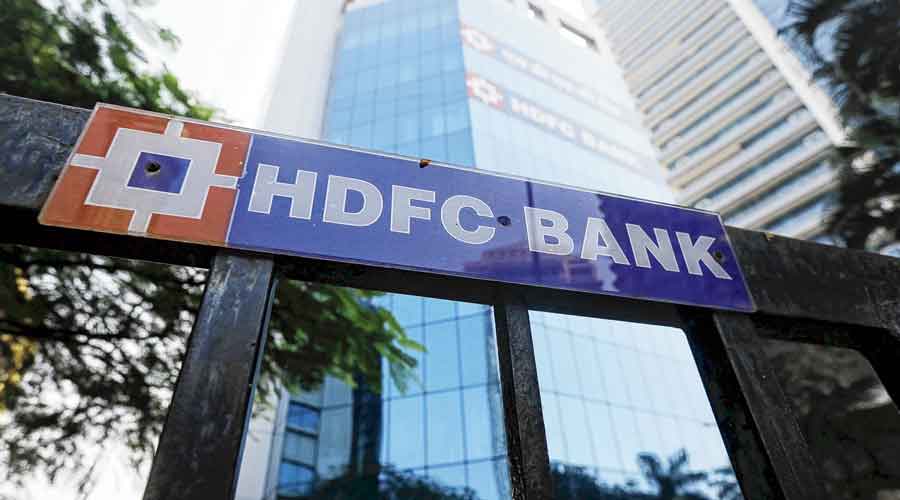The proposed HDFC-HDFC Bank merger will bring some additional costs to the combined entity.
A bigger HDFC Bank may have to provide for extra cash reserve ratio (CRR) and statutory liquidity ratio (SLR).
It may have to give more agricultural loans to meet the priority sector lending (PSL) requirement that could prove to be a drag on its balance sheet.
RBI rules permit lenders to provide 4 per cent of their net demand and time liabilities (deposits) as CRR and invest 18 per cent in government bonds under SLR.
Under priority sector lending, they will have to compulsorily give 40 per cent of their adjusted net bank credit to certain targeted segments such as MSME, agriculture, renewable energy, education and housing.
Analysts at Macquarie estimated the lender will have to provide Rs 70,000-80,000 crore in SLR and CRR.
The top management of both the entities exuded optimism on meeting the requirement. They urged the RBI to give them two-three years to fulfill their targets. They said they have informed the RBI that they were in a position to immediately meet the requirement on all new loans.
RBI in the past has not agreed to similar request from banks. In 2015, the central bank did not grant a relaxation to IDFC when it became a bank.
The merged company will also have to meet higher PSL requirements as its loan book grows to nearly Rs 18 lakh crore. Macquarie said the merged entity needed to provide Rs 90,000 crore in agricultural loans.Such low-yielding portfolio could be a drag on the combined firm’s profit and loss accounts.
The Street expects the RBI will give them the time to meet the norms. The markets are also awaiting the approvals on the insurance and asset management subsidiaries of HDFC. The merger will see these arms becoming part of HDFC Bank.
The bank will hold around 48 per cent in the life insurance joint venture, around 59 per cent in the general insurance business and 69 per cent in the AMC arm. RBI has in the past said banks can either have more than 50 per cent stake in a life insurance venture or up to 30 per cent.
HDFC has requested the RBI to either allow the bank to hold the current shareholding or increase it to 50 per cent.
Recently, RBI did not allow Axis Bank to directly own more than 10 per cent in Max Life even as ICICI Bank was asked to bring down shareholding in ICICI Lombard to under 30 per cent.











